|
By Chris Krug: It's amazing what kites can do these days. Over the last decade kite technology has changed dramatically and anyone who began kiting 10-15 years ago can appreciate how much more user friendly and safe kites have become. Especially in just the last few years. Of all the kites out there we have a certain fondness for a couple of really underappreciated kites. Both are consummate touring/teaching kites. Some would label them "beginner" kites but I don't think that is an accurate description as a lot of the local expert riders really like these kites. Both kites do similar things and have similar benefits but come to these similarities from completely different directions and manufacturers. One is the 2015 Ozone Access and the other is the 2015 Flysurfer Peak. Hardwater Kiting uses both models as teaching kites with our students depending on student preference and wind conditions. Really outstanding kites in regards to ease of use and safety. Back on January 16th local Hardwater Kiter and dedicated Flysurfer disciple Paul Morse and I decided to take advantage of a front moving in that would bring some substantial winds and take the Flysurfer Peak 2 4m, a new smaller size of the Peak and a the 2015 Access 6m out for some high wind hi-jinx and see just how well these kites faired in winds a few knots beyond their manufacturer's wind ranges. In typical northern New England inland style the winds had a 100% gust factor and the baseline winds were as forecasted, in the 20kt range gusting to over 40kt. Keep in mind this is 40kts in below freezing temps and the wind is much denser than warm winds and offers a bit more punch. When we arrived to the our launch area the winds were surprisingly calm. Not at all what was forecasted and we were actually feeling a little let down and starting contemplating throwing much bigger kites in the air than the forecast would have dictated. But after being in the parking lot about 10 minutes the front which was running late came through and cam through with a vengeance. Where just 10 minutes earlier we had a clear view 3 miles or more across the lake we now couldn't see the lake just 30 feet away. Gotta love New England weather. 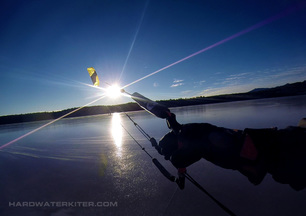 We half nervously laughed at the sudden turn in weather and how the air around us seemed to boil with the mix of gusting winds and swirling snow. Paul and I have flown in conditions similar to this in the past. There are very few snow kiters that I can ride with in this stuff and feel confident that they will be okay. Paul is one of those kiters. He and I have gotten caught in winds like this in the past and fought our ways back to our launches but it's rare we start out in these conditions. These are the kind of conditions we had in mind when there was talk last season of a smaller Flysurfer Peak. After last season's test session on the 6m Peak 1 in 40kt+ we thought a 4m would be awesome . (Though at 4m the Peak is more like a 6m traditional foil in our opinion, it seemed like it would make for a great "high wind" (34kts+) kite for heavier riders like myself or expert riders in general.) Although it's listed max wind speed is 28kts, our history with the Peak 1 has shown that in the right hands these Peak single skin kites can operate well beyond their posted wind ranges. The other kite we wanted to take out was the 6m 2015 Access. We want to note that the 2014 Access was a great kite. We were really impressed with it's depower range and unwavering stability and gust handling. The 2015 has retained this performance and now has the added safety and convenience of Ozone's new internal "Re-Ride" safety system. A system that not only does an amazing job of killing a kite when needed but also doubles nicely as a "set up/Pack down" system. One that puts set up and pack time very close to that of the Peak, which is one of the best things about the Peak series. The first kite we set up was the 4m Peak 2. As soon as you set your anchor the shifting snow buried it. You set anything down in these winds and it was immediately buried. As the heavier rider I am the default test dummy sent out to get a taste of what the winds are doing out on the ice. We set up the Peak, I hook in, launch and off I go into the haze. As expected the Peak takes the punches of wind like a prize fighter and though I'm totally lit and can feel the gusts I need only to sheet out and dump the power that the gusts are forcing on me. Of course in these conditions there is no use for the stopper ball. You are sheeting in and out some rapidly and so far the stopper becomes a hindrance. Save the stopper for the cruiser days. The Peak felt fast. In this wind everything feels fast but this 4m seems to like sitting a bit forward in the window and urges you to run with it. It is crazy nimble and fun to fly in this wind. I trimmed out and as expected the kite depowered nicely. The steering in full trim is heavily lagged but really I can't see a need to fully trim the Peak. Honestly even in 40kts, in my weight there was no need at all. And as always, reverse launch is easiest on the Peak. In a matter of seconds I was out about 1.5 miles. I looked back through the maelstrom around me and couldn't see any sign of Paul, our launch or even shore. I flew back to my anchor and gave the Peak to Paul. He launched and disappeared only occasionally could I see him in the gaps of haze across the lake. After a few minutes of watching Paul rage along on the 4m Peak 2 I set out to get the 6m Access up. We have been playing with the Access and the new Re-ride system. The last time I had the 6m in the air we used the Re-ride system to make land it and the simply secured the bridles to velcro keeper on the trailing edge and simply (and neatly) balled up the kite and stuffed it in the pack. The theory being that it should come out just as it went in and with the bridles secured there shouldn't be any issues. I'm happy to report that it unpacked just fine. I simply pulled the bar out of the bag, unwrapped the lines, secured the Re-ride line, pulled the kite out of the pack walked back reset the Re-ride and launched. Super fast and easy. The 6m pulled me at 210lbs in those winds beautifully. Unlike the Peak the Access was managing the gusts without much if any input from me. Much like the Peak, the power management in the bar throw was perfectly capable of dealing with the 40kt blasts. Unlike the Peak the Access turn rate was quite a bit slower. Not bad but not nearly as "sporty" as the Peak. One of the most remarkable aspects of the Access is the stability that the kite possesses. It really is unreal and I won't even try to explain or compare it to anything else because to be honest neither myself, or Paul after he got on the Access, could believe the stability. While Paul was playing on the Peak 2 4m he was constantly piloting the kite. Meanwhile I'm so relaxed and confident that I'm able to set the kite at the edge of the window, take both hands of and mess with taking shots with my phone. After about an hour and a half of riding various sections of the lake Paul and I landed in a wind shadow and swapped kites. I took off on the Peak 2 and after riding the Access it was a stark difference in how it felt and handled. The bar pressure was considerably higher than the Ozone. The 4m had a bit more power than the 6m Access and the delivery of that power could be smooth or abrupt depending on how you sheeted in. The Peak 2 is not nearly the friendly cruiser the Access is but it is a lot of fun to fly. The nice thing, about the Peak is that even with the higher power you can still ride with little to no worry of getting lofted or yarded. But it is definitely more work to fly than the Access. After about another half hour or so Paul and I met up to compare notes. Like myself, he was amazed at the stability of the Access. While he was playing on the Peak, at times fighting with it, he noticed how easily I was cruising around and how stabile the Access was. After taking it for a ride he understood why. A little while later I decided to pack up the Peak 2 and switch to the 8m Access. Not because I didn't want to continue to ride the Peak but because I figured I never felt the 6m had too much power and in the 20kt lulls, I actually felt borderline underpowered. So my thinking was take the 8m out and see how it handles trimmed in 40kt gusts. It was great! Really, surprisingly good. It felt very close to the 6m. In the heavy gusts I trimmed it out about 2" but only because I was tired and not really interested in fighting the kite if I didn't have to. As a high wind kite for a heavy experienced rider the 8m is passable but not ideal. It's not as suited for high winds as the 6m but even when I screwed up, got too close to the tree line and had to redirect to a spot that that any other kite would have lofted me. The Access let me know but it didn't smack me down. And I was thankful. So I guess the bottom line is this. As expected, both kites were awesome. Both have their pluses and very minor "minuses" and those are really dependent on your personal tastes as much as anything. In high winds Access is going to be a joy to ride for anyone regardless of their high wind experience. The Peak 2 is more pilot dependent and for experienced riders and especially for snow kiters familiar with flying the Peak 1. It depends on what you want for a kite and for flight quality and obviously the Access has a refined quality while the Peak is more "get the job done" utilitarian. The Access is like a nice road car while the Peak is more Jeep-like. Again, we are talking Apples vs. Oranges in terms of kites and design. But very juicy and tasty apples and oranges. Much of what makes one kite "better" than the other mostly comes down to personal preference, budget and usage. But really you cannot lose with one or both of these kites in your quiver.
For some idea of what the conditions were like here is a link to some of the footage shot that day. https://youtu.be/uWrWYhpORVk 2/12/2015 Note. There has been some speculation and question about how the HQ Apex IV would fair in this comparison. Hardwater Kiting has been both using the Apex IV for school kites and selling them for the last couple of seasons. The Apex has always been a great kite for the money both as a first depower and as a high wind kite. With the delay in release of the Apex V and with our experience with the Access and Peak kites last year we opted not to continue with the Apex series this year as our open cell school kites. Though the kite is not bad in our opinion it has fallen behind in both performance and safety systems compared to the kites we covered in this write up. The Apex falls way short on the gust handling of these newer kites and the top hat safety system is out of date and sometimes largely ineffective in the conditions that this write up was conceived in. This does not mean that the Apex IV is a bad kite, just not up to the same levels of performance or standards that these newer designs have achieved. We are looking forward to seeing what the Apex v has to offer. If the Matrixx 2 is any indication we suspect Apex V will be awesome and continue to offer an affordable touring/beginner kite option for those that may not want to spend the extra $$$ for Ozone but want something more traditional in design than the Flysurfer Peak. If you liked what you've read and you found this review helpful in making a decision on a new kite, please show your support by purchasing your new wing from HARDWATERKITER.COM so we can keep the lights on and continue to offer this type of review.
7 Comments
|
Our Reviews. Hardwater Kiting: You will struggle to find many reviewers with more depower foil experience anywhere. These reviews are non-brand biased and based on our first hand experiences and those of our customers. Granted these reviews are on product that we carry so there may be an assumed bias but I do my best to be impartial and to incorporate customer impressions as well. Archives
April 2019
Categories |

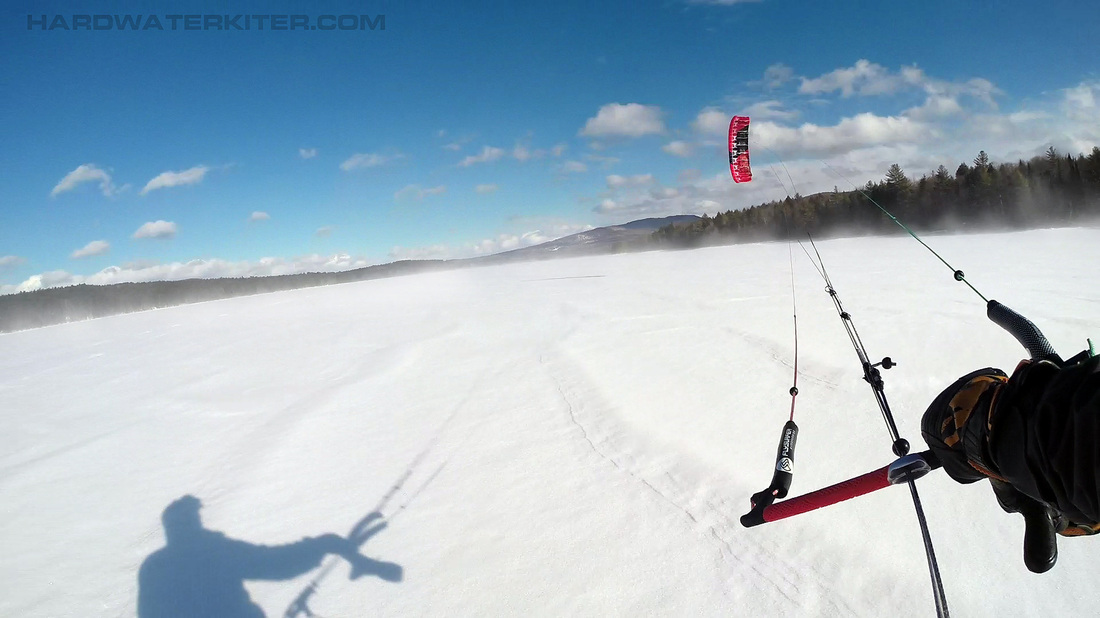
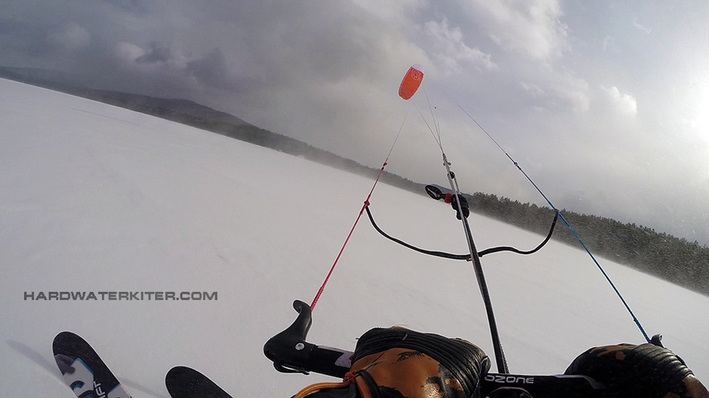
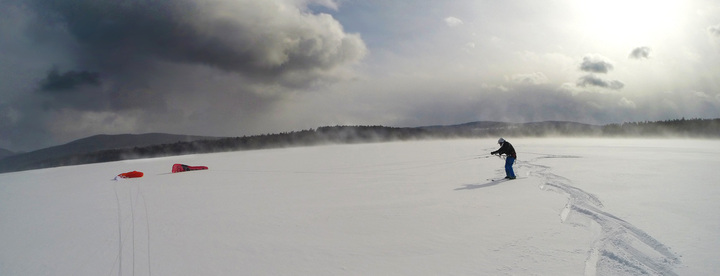
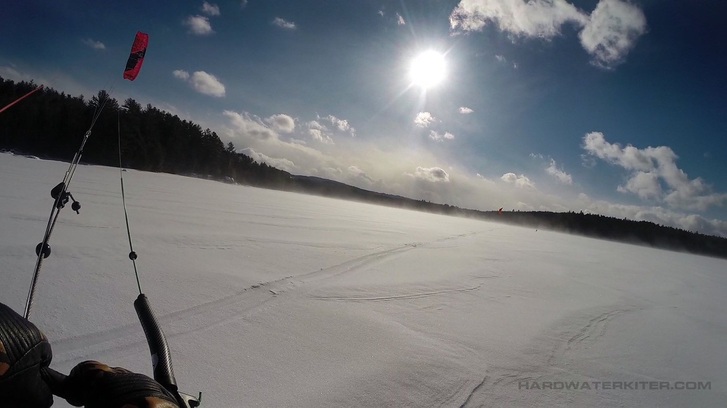
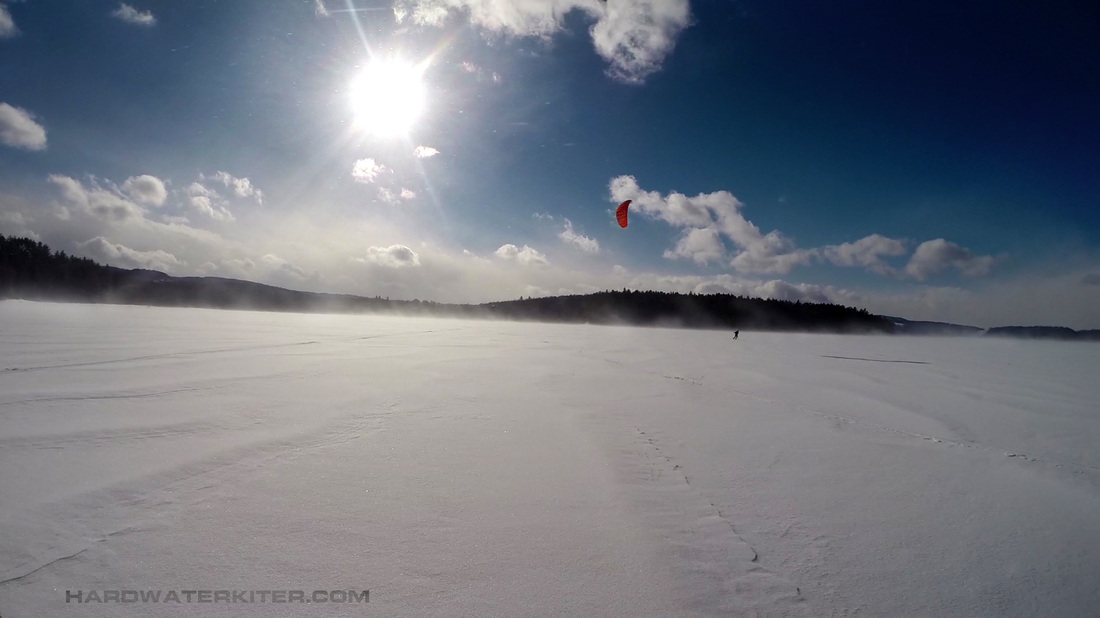
 RSS Feed
RSS Feed
